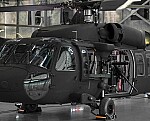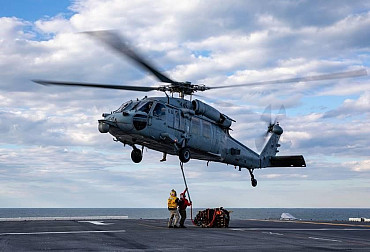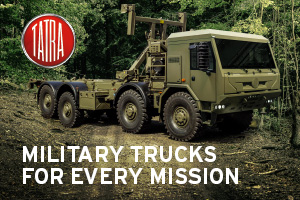Russia Circumvents Sanctions to Market the Su-34 and Su-57 Across the Middle East and Africa
A recent disclosure of internal documents from Rostec, the Russian arms giant, reveals previously unknown details about Russian fighter jet sales to Algeria, Iran, and Ethiopia.

A massive leak of documents reveals Russian contracts for the export of Sukhoi aircraft to Algeria, Iran, and Ethiopia, exposing delivery schedules, purchase volumes, and Moscow's strategy for circumventing sanctions. This information highlights Russia's intensifying military ties and its ability to maintain exports under international pressure.
The leaked documents, attributed to the Russian conglomerate Rostec, expose detailed contracts involving the sale of Sukhoi fighters to three states: Algeria, Iran, and Ethiopia. According to internal tables, Iran is identified by the code “364” and has reportedly ordered 48 Su-35 multirole fighters. Algeria, designated by the code “012,” is said to be the recipient of 12 new-generation Su-57s, as well as 14 Su-34 attack aircraft. Finally, Ethiopia, under the code “231,” is said to have signed an agreement for the acquisition of six Su-35s.
If authentic, these contracts would constitute some of Russia's largest fighter jet exports since the start of the Ukrainian conflict. The documents are not limited to quantities: they also reveal delivery plans, electronic components (avionics, electronic warfare) to be integrated into the exported aircraft, and the schemes used to circumvent Western sanctions. For Iran, the files indicate that KRET equipment (the Rostec subsidiary responsible for avionics and electronic systems) is scheduled for shipment 16–18 months and 46–48 months after the initial payments. If the down payments had been made in 2022, this would place the delivery of the subsystems between 2024 and 2026, and the finalization of the aircraft (assembly, testing, certification) between 2026 and 2028.
As for Algeria, components for the Su-57 and Su-34 would be supplied over the period 2024–2026, a window consistent with previous rumors of advanced negotiations. For Ethiopia, the documents suggest that the contract is already at an advanced stage, and that some deliveries have even begun, although there is little concrete evidence to confirm this. These timelines reflect the complexity of a supply chain that must synchronize the production of electronics, avionics, and electronic warfare equipment while meeting domestic and foreign military demand.
Russia, despite increased Western sanctions since the invasion of Ukraine, continues to capitalize on the loyalty of certain states to maintain its military exports. Algeria occupies a special place as a potential first foreign customer for the Su-57, which would be a diplomatic and industrial victory for Moscow.
For Iran, receiving 48 Su-35s equipped with advanced Russian systems would significantly strengthen its air superiority in a disputed region. As for Ethiopia, joining the circle of Su-35 operators could redraw the balance of power in East Africa, even if the economic challenges of supporting such a system remain significant. These potential sales strengthen Russia's international position as a supplier of sophisticated weapons outside the Western bloc and increase its military influence in strategic areas.
The Su-34 and Su-57 are advanced Russian fighter jets designed by Sukhoi for distinct military roles. The Su-34, a twin-engine, two-seat strike aircraft, is a modernized fighter-bomber optimized for tactical bombing and close air support, capable of delivering precision-guided munitions and equipped with advanced avionics and electronic warfare systems for survivability in contested environments. The Su-57, a single-seat, twin-engine stealth multirole fighter, represents Russia’s fifth-generation aircraft, designed for air superiority and precision strikes, featuring low-observable technology, supercruise capability, and integrated sensor systems for enhanced situational awareness. Both aircraft are critical to Russia’s air force, with the Su-34 focusing on ground attack and the Su-57 emphasizing versatility and stealth in modern warfare.








